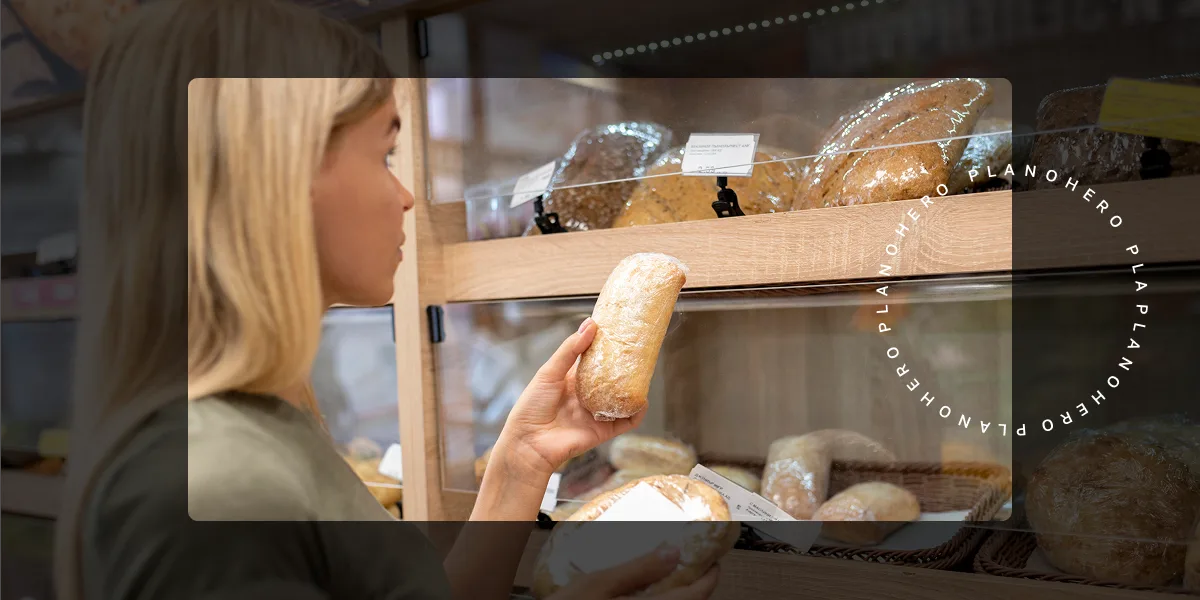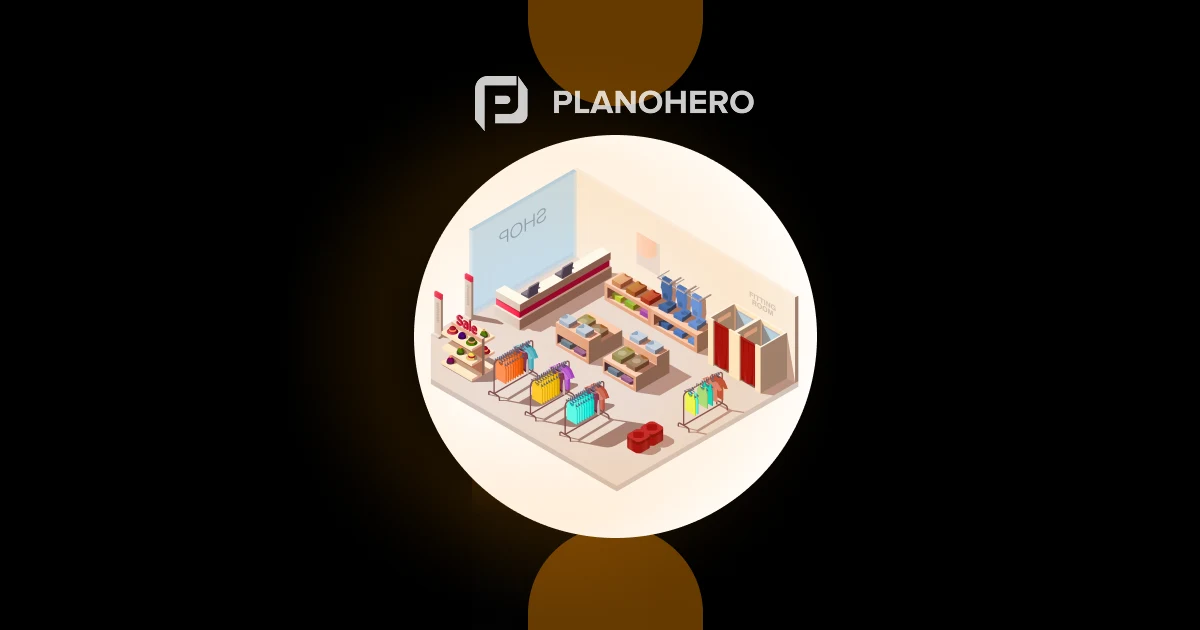Not all products are created equal—and how they’re sold should reflect that. If you're stocking power drills and pillowcases the same way, it's time for a serious re-evaluation. One of the most fundamental distinctions in merchandising lies in the classification of hardlines vs softlines. These two broad retail inventory categories come with unique characteristics, display needs, and customer behaviors that demand tailored strategies.
What Are Hardlines in Retail?
Hardlines in retail, also known as hard goods, refer to durable, tangible products that are often non-personal and serve functional purposes. These items typically have a long shelf life and are often packaged, boxed, or displayed in structured ways.
Common Retail Hard Goods Examples:
- Furniture
- Home appliances
- Electronics
- Sporting equipment
- Tools and hardware
- Kitchen gadgets
- Plumbing fixtures
- Musical instruments
The key characteristic of hardline goods is their durability and longer purchase cycle. Consumers tend to view hard goods as investments—purchases they’ll make once every few years. Because of this, the decision-making process is often slower and more deliberate.
What Are Softlines in Retail?
In contrast, softlines—or soft goods—are products that are literally soft, flexible, and usually personal. They have shorter lifespans, are more seasonal, and often do not come in structured packaging.
Popular Retail Soft Goods Examples:
- Clothing and apparel
- Footwear
- Bedding and linens
- Towels, pillows, and cushions
- Accessories (scarves, gloves, hats, belts)
These items are designed for frequent use, wear, or fashion. As such, they tend to be impulse-driven purchases. Shoppers want to touch, try, and interact with soft goods, which is why even in a digital-first world, retail soft goods are still widely bought in physical stores.
Hard Goods Versus Soft Goods
Understanding the hard goods VS soft goods divide is not just a matter of terminology—it’s a foundation for smart merchandising. From floor planning and inventory management to product display and shopper engagement, every step of the retail journey is impacted by whether you’re selling hard or softlines.
Merchandising Hardlines in Retail
Retail hard goods require a structured and strategic approach to display and inventory. Because these items are often large, packaged, or fragile, you need to plan their presentation carefully.
Advantages of Hard Goods Merchandising:
- Easier organization: With most products coming in boxes or standardized packaging, shelf planning is more predictable.
- More durable displays: Shoppers typically don’t interact directly with boxed hard goods, which keeps displays intact throughout the day.
- More control over floor design: Since hardline products don’t require constant touching or rearrangement, retailers can control the visual experience with more precision.
Tips:
- Space allocation: Hard goods are bulky. Use vertical merchandising to organize by product type or price tier.
- Product pairing: Place related items together—smartphones near cases, coffee makers beside cleaning pods—to encourage upselling.
- Demo stations: Allow customers to see or try out the product without disturbing your main display.
- Signage: Since interaction is minimal, provide clear signs, posters, or screens explaining specs and benefits.
Hard goods shoppers are on a mission. They know what they want. Your job is to help them find it easily—and possibly discover complementary products along the way.
Merchandising Softlines in Retail
Soft goods are tactile, emotional, and personal. This makes merchandising them more art than science. While more flexible in layout, soft goods require constant maintenance and smart planning.
Challenges of Soft Goods Merchandising:
- Display disruption: Shoppers constantly touch, try on, and unfold items, leading to messy shelves or racks.
- Inventory complexity: Managing styles, sizes, and color variations adds a layer of difficulty.
- Seasonality and trends: Soft goods are deeply affected by fashion cycles, requiring regular updates and layout adjustments.
Best Practices:
- Visual storytelling: Use mannequins, themed displays, and lifestyle photos to evoke emotion and inspire purchases.
- Color and texture walls: Group similar items by color or texture to make browsing intuitive and eye-catching.
- Highlight new arrivals: Dedicate prominent spaces to new or seasonal collections to drive excitement.
- Flexible layout: Make it easy for shoppers to access, touch, and try on products.
With softline products, your merchandising should guide the shopper emotionally through a curated journey. Every display is a chance to tell a story.
Inventory Planning: Hardlines vs Softlines
The distinction between hardlines vs softlines doesn’t stop at merchandising—it directly influences how you plan and manage inventory.
For Hard Goods:
- Lower turnover: Fewer purchases per customer, but higher price points.
- Larger packaging: Requires more shelf or storage space.
- Focus on forecasting: Stock smartly to avoid overloading with slow-moving items.
For Soft Goods:
- Higher turnover: More frequent purchases driven by seasonality and impulse.
- Smaller SKUs: Easier to stock more variants, but harder to track movement.
- Assortment planning is critical: Use POS, loyalty, and market data to tailor collections to consumer needs.
For both types, strong data analytics and shelf management tools are essential.
Store Layout & Floor Planning
Hard goods buyers typically know what they want. They come in with intent and head straight to the relevant aisle. This behavior gives you an opportunity to plan a deliberate journey.
Design your floor plan to guide them past complementary items before they get to their destination. A customer walking in for a TV may leave with a surge protector, wall mount, or even a soundbar.
Soft goods shopping is more exploratory. Customers enjoy browsing, touching, and mixing items in their minds. Create zones by style, theme, or occasion and allow for serendipitous discovery.
Key Differences Between Hardlines and Softlines in Business
Digital vs. Physical Retail Presence
Softline goods thrive in digital environments. Thanks to easier sizing guides, fast fashion turnover, and impulse purchasing behavior, retail soft goods like clothing and accessories are highly suited for e-commerce. A clean interface, strong visuals, and flexible return policies make them an ideal category for online-first sales models.
Profitability
Soft goods typically deliver higher gross margins and more frequent purchases. Items like t-shirts, dresses, and seasonal apparel are low-cost to produce and easy to replenish, giving retailers more room to profit—even when offering promotions or discounts.
Cost Sensitivity
Hardline items are more sensitive to the broader economic climate. Big-ticket items like refrigerators, furniture, and home electronics represent higher consumer investments. Shoppers are more likely to postpone these purchases during economic downturns, making price elasticity a more critical factor for retailers in this segment.
Store Display & Space Utilization
Soft goods offer incredible flexibility when it comes to in-store presentation. Their size and malleability allow retailers to use vertical and horizontal space creatively. Displays can be changed frequently and themed around seasons, holidays, or promotions without major effort or expense.
Operational Savings
From a logistics standpoint, softline products are easier and cheaper to store, ship, and restock. Whether you’re managing a backroom or a full warehouse, storing jeans, shoes, or linens costs less and requires less handling than storing washing machines or power tools.
Stability of Demand
Retailers selling softline items benefit from more stable, recurring demand. Consumers regularly update wardrobes, replace worn-out items, and shop according to fashion trends, creating a steady revenue stream that’s less dependent on large, infrequent purchases.
Market Versatility
Hard goods offer higher per-unit value, which gives retailers greater pricing flexibility and the ability to build stronger profit margins per transaction. A retailer selling high-end electronics or tools can move fewer units and still generate significant revenue.
Inventory Strategy
Specialized retailers often focus exclusively on one category. A boutique selling only soft goods can rotate collections quickly and respond rapidly to fashion cycles, while avoiding the capital drain of carrying expensive inventory.
Choosing the Right Product Assortment
With hardline goods, assortment is often limited by space and capital. Focus on best sellers and use accessory tie-ins to drive basket size.
With soft goods, the variety of styles, sizes, and trends demands curated collections based on local preferences.
Assortment planning software, like PlanoHero, helps you manage complex inventory mixes for both hardlines and softlines. PlanoHero allows you to build planograms, cluster assortments, and optimize shelf layouts to meet evolving customer needs and boost profitability.
The reality is that hard goods and soft goods live in very different universes—but both need one thing: smart, customer-centric merchandising.
The hard vs soft goods divide influences how you plan displays, stock inventory, design store layouts, and engage your customers.
Understanding the nuances of each allows you to serve your shoppers better, minimize disruption, and ultimately boost sales. Whether you’re managing a big-box retail chain or a boutique store, recognizing the divide between hardlines and softlines gives you the power to make sharper, more informed decisions across your entire merchandising operation.
Looking for a service to create planograms?
Try a free demo version of PlanoHero




